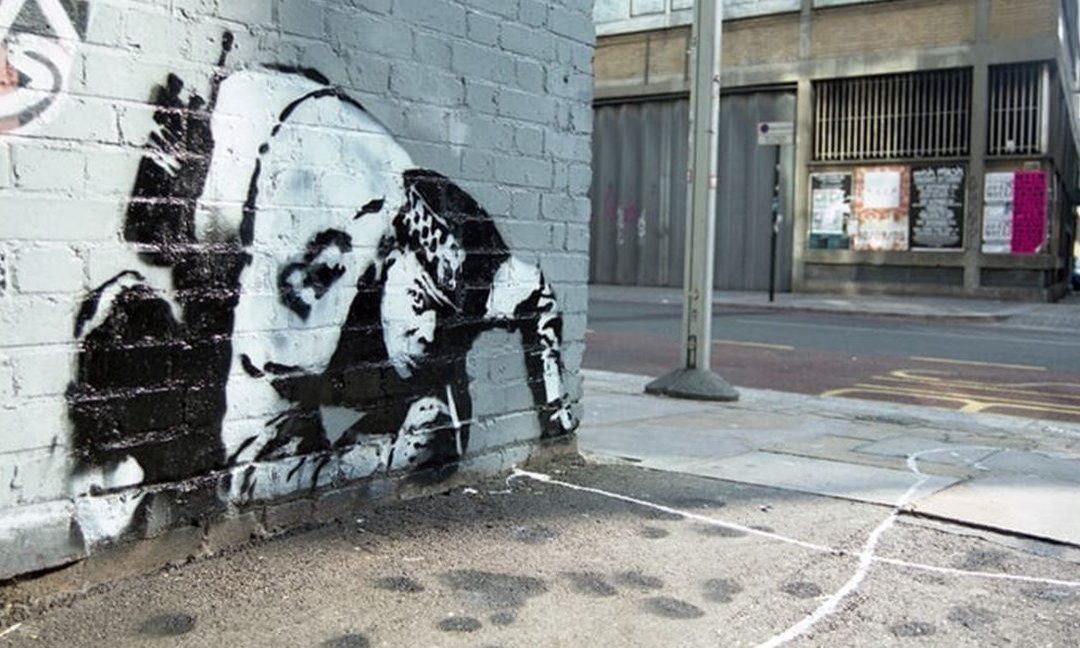Public Art – Part 1

The role of public art in new developments process and to create a sense of community.
A Banksy mural that once adorned the walls of a Shoreditch public toilet was rediscovered after a decade. It was walled up by the local Council for preservation. Then found again by two property developers on an old disused site they invested in to build apartments and offices. The entrepreneurs wish not to sell it but to restore it and move it back to its original location. Their artistic integrity could reveal a clever strategy to evaluate the urban area and the surrounding buildings, but generally speaking, for urban developers, architects and planners, public art in a vibrant metropolis – as much as in a rural environment – is not always an happy ending to be taken for grant.
Following the Section 106 agreements the public could benefit from the arrival of a commercial development if the planning includes the creation of a new system of urban furniture, infrastructures or public art. The addition of some public art can evaluate the properties or help ease planning applications through to approval. But never forget that expensive sculptures are funded from the same limited budget as affordable social housing and public spaces. Furthermore, an entire industry of art consultancies, commissioned to match developers’ with artists’ ambitions, might clash with local communities creating the effect “What’s that thing?”. You will have seen some public art literally plonked on a roundabouts, decorating the deserted courtyards of a university campus or shrieking for attention in the desolate plaza of a luxury apartment scheme.
There can be other ways, as observed by Oliver Wainwright in his article on The Guardian.
In Peterborough, artist Jessie Brennan has been working with the Green Backyard, a community growing project.
Artist Verity-Jane Keefe has recently been driving around Olympic hinterland of East London in her van, retrofitted as a mobile library and museum. From building to building she stops off for workshops and multicultural events together with archaeologists, writers, historians.
When the city of Chicago offered artist Theaster Gates hundreds of dead ash trees (killed by an infestation and felled) in the hope that he might make some nice sculptures, Gates decided to set up a sawmill for unemployed residents, who are now being trained in carpentry and joinery.
This growing culture of self-initiated artistic and social actions can actually make a difference to urban life. As architects working with the built environment we are aware of the different forces that play within an urban setting. It is part of our expertise to be able to engage with local communities to avoid a sterile outcome. We will explore this further in our next article.
